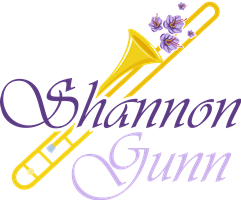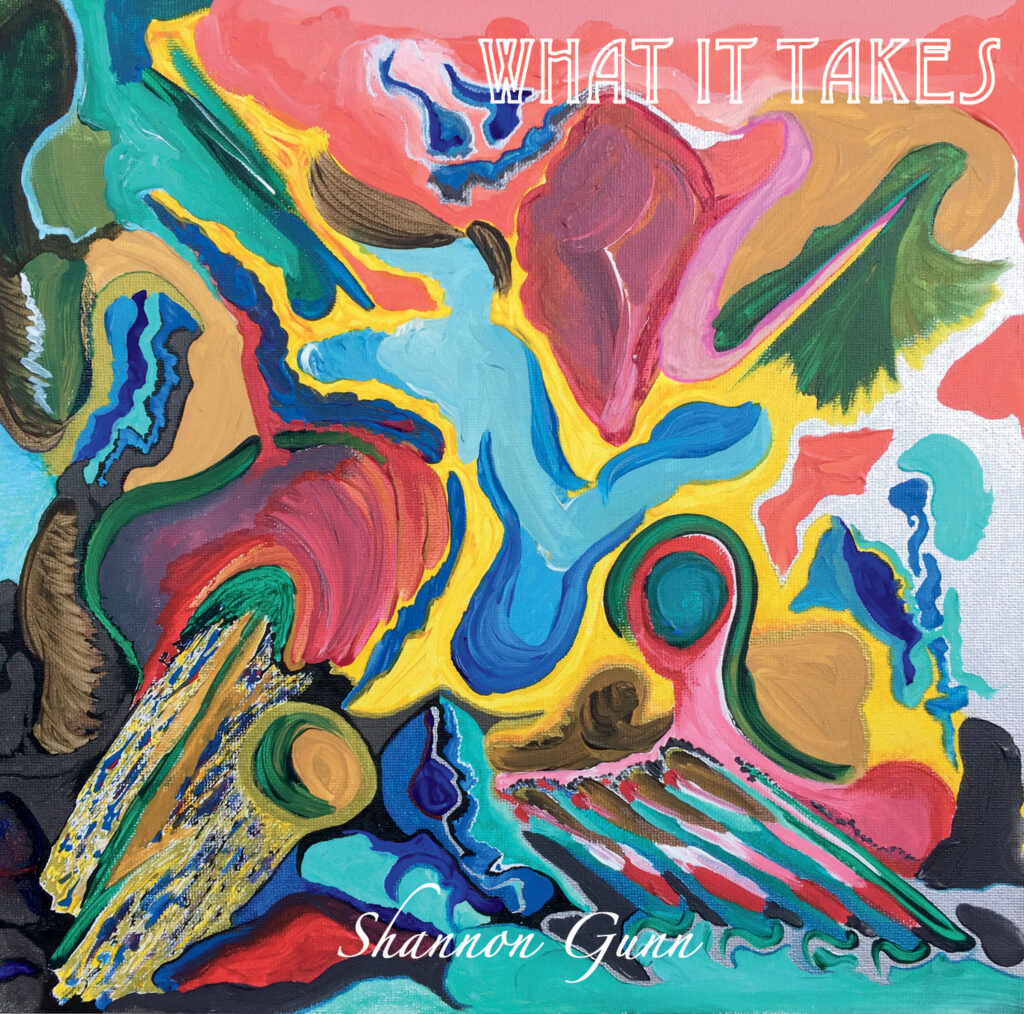Website Update: WE’RE MOVING!!
I am slowly moving all my educational materials over to my new blog, the Jazz Improv Institute. You can find them at https://www.jazzimprov.net/. If you are looking for a PDF or chords, please go to https://www.jazzimprov.net/ and click PDFs and you will see them there. I am working on self-publishing all my warmups and tune packets to help people learn music and jazz improvisation. Thanks for visiting! I am going to redo this website to remove all my educational materials…

